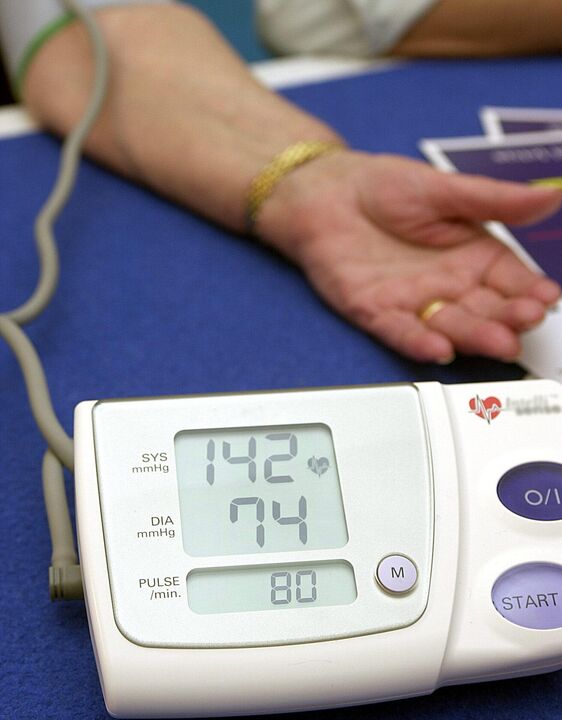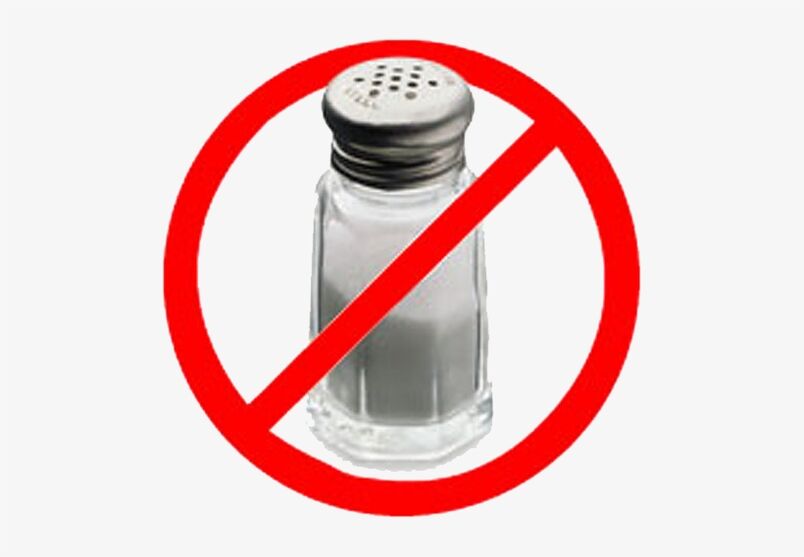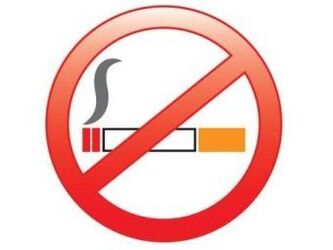
The level of blood pressure shows the force with which the blood presses against their walls as it moves through the vessels. Blood pressure readings can fluctuate up or down throughout the day. This is considered the norm. But if the level of blood pressure is consistently high, we are talking about a disease called hypertension.
Hypertension, or high blood pressure, causes serious complications.
The so-called target organs are negatively affected: heart, kidneys, brain, blood vessels, retina. Very often, the consequences of high blood pressure are heart attacks and strokes.
High blood pressure
High blood pressure in hypertension is dangerous and depends on the margin of error. Normal systolic blood pressure ranges from 120 to 129 mmHg and diastolic blood pressure from 80 to 84 mmHg.

A diagnosis of "Hypertension 1st degree" is made if blood pressure readings remain at a level of 140/90 to 160/100 mmHg. This is a mild degree of the disease, in which the constantly increased blood pressure is not accompanied by damage to the internal organs.
In the initial stage of hypertension, blood pressure increases periodically. Constant stress can cause frequent and prolonged surges. With a calm neuropsychic state, periods of its increase are short-term and rare.
The success of the treatment of arterial hypertension directly depends on compliance with the therapeutic measures and regimen. Strict adherence to the doctor's recommendations will accelerate the reduction of tonometer readings to normal levels. The effect can last for a very long time.
- headaches in the back of the head (often throbbing)
- dizziness;
- sleep disorder;
- visual effect of "flies";
- heart pain.
The danger of hypertension lies in the fact that its initial stage is often asymptomatic.
A person may not even realize they have high blood pressure. The body quickly adapts to new indicators and the patient feels quite normal. Meanwhile, the pathological process spreads and affects the internal organs.
Destructive changes in the blood vessels can cause kidney failure, heart attack, stroke, which completely take the patient by surprise.

Lifestyle changes can have a positive effect on blood pressure levels.
- ensuring restful sleep;
- avoid stressful situations.
- practice exercises to relax the body;
- follow a diet;
- increase physical activity.
If these measures do not help in dealing with high blood pressure, the patient is prescribed medication. The doctor will tell you which drug is best for normalizing blood pressure after the examination.
High pressure
High blood pressure due to hypertension must be treated immediately! The 2nd degree of hypertension (moderate) is characterized by its increase to a level from 160/100 to 180/110 mmHg. To restore its indicators to normal at this stage of the disease, the use of drugs is required. When examining patients diagnosed with stage 2 hypertension, enlargement of the left ventricle of the heart is often detected.
Severe hypertension is diagnosed in cases with a persistent increase in blood pressure above 180/110 mmHg. Such high rates are usually accompanied by serious complications such as strokes, heart attacks and kidney failure.
High blood pressure due to hypertension is the most common cause of death and disability.

- Cardiac arrhythmia;
- nosebleeds;
- pain in the region of the heart;
- headache;
- disorder of walking and coordination of movements.
- severe visual impairment.
- muscular weakness;
- paralysis (as a result of impaired cerebral circulation).
- coughing up blood;
- inability to care for oneself;
- speech disorder;
- clouding of consciousness.
To treat severe hypertension, strong drugs are prescribed or the doses of common drugs are increased. Patients with chronic pathology take pills for the rest of their lives.
Prevention of hypertension
If you have not yet been diagnosed with hypertension, lowering your blood pressure to normal levels should be a daily goal.

- maintaining a normal body weight.
- eat less salt.
- maintain a regime of moderate physical activity.
- quit smoking and reduce alcohol consumption.
- eat foods that contain potassium (the average daily requirement is 3500 mg of potassium for an adult).
- include fresh fruits and vegetables and low-fat dairy products in your daily diet.
Proper nutrition
- The daily diet should be balanced in terms of protein, fat and carbohydrate content. Daily intake for an adult: proteins - 100 g, fats - 100 g, carbohydrates - 400 g.
- It is necessary to reduce the consumption of light (quickly converted into glucose) carbohydrates.
- Reduce the amount of salt you consume.
- Enrich your daily menu with foods rich in vitamins, potassium, magnesium and other beneficial microelements.
- Replace animal fats with vegetable oils.
- Include in your diet seafood rich in iodine and fatty acids.
- Create the right diet: the number of meals per day is 5, the last meal is 2 hours before bedtime.
- Give preference to boiled or steamed.
- Daily fluid intake should not exceed 1. 5 liters (including liquid dishes and tea).
If there are no chronic abnormalities or vascular diseases, then such simple measures should be enough to normalize blood pressure.
For stage 1 hypertension, it is necessary to limit the consumption of certain foods. For grades 2 and 3 - opt out completely.

Hypertensive patients are strictly not recommended to include in their diet:
- rich fish and meat broths.
- fatty pork and lamb.
- strong coffee and tea;
- beef fat, lard;
- hot spices;
- Pastries, cakes, pastries.
- salted and pickled vegetables, radishes.
- mayonnaise, fatty sauces;
- chocolate, cocoa;
- sweet soda;
- alcohol and tobacco.
Blood pressure lowering products
| Nutrient content of products | Sample product list |
|---|---|
| Folic acid | Tomatoes, spinach, citrus fruits, peas, beans |
| Lactic acid | Sauerkraut, low-fat fermented dairy products |
| Vitamin C | Roses, garlic, raisins, lemon |
| Coarse fiber | Potatoes, grains, vegetables, herbs, berries and fruits |
| Phosphorus, magnesium, potassium | Nuts, seafood, seeds |
The list of products can be expanded by observing the basic principles of creating a menu for hypertensive patients.
Blood pressure changes during the day. Particularly strong fluctuations are observed in hypertensive patients. It is low in the morning, then rises after meals and falls again. At night, blood pressure is significantly higher than in the morning. And at night during sleep, in patients with arterial hypertension, it can drop sharply. These flare-ups are more severe than in healthy people.
Normalizing blood pressure in hypertension can save a person's life and protect them from a heart attack or stroke.



























